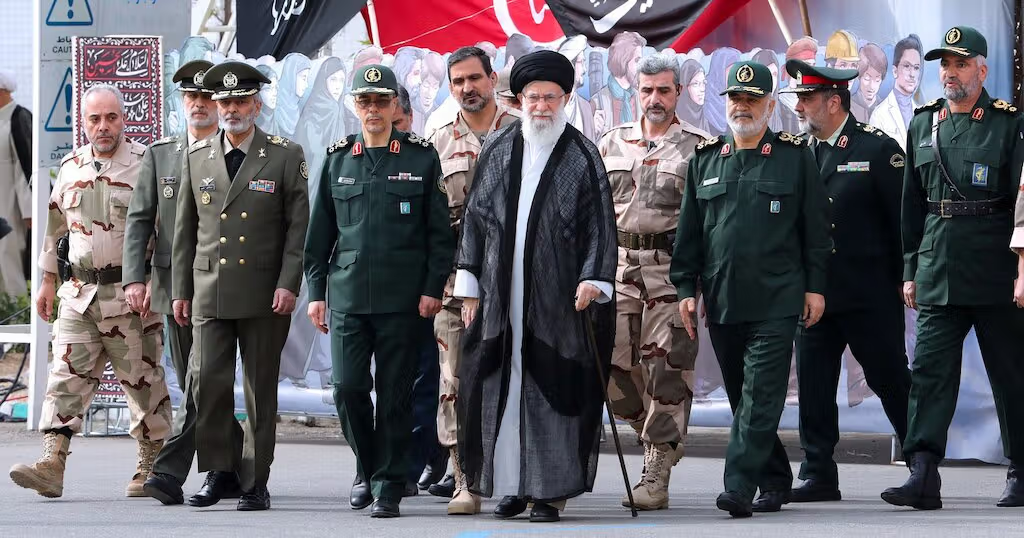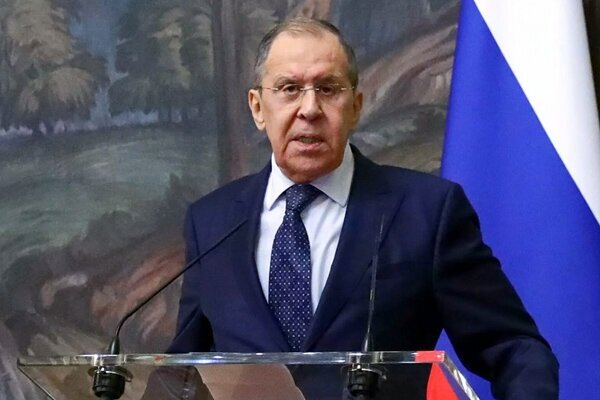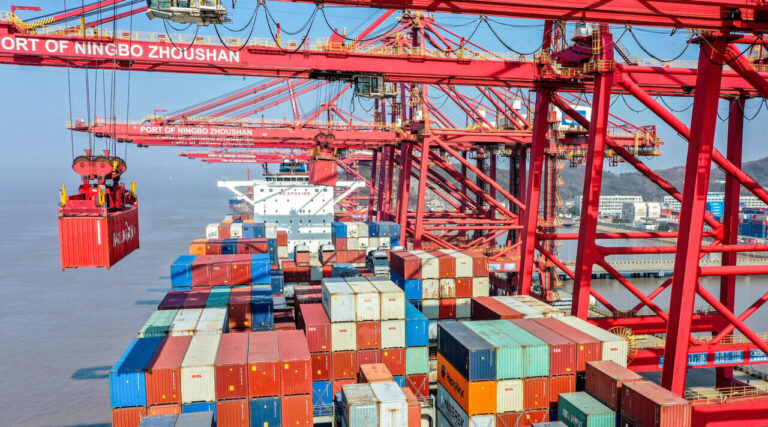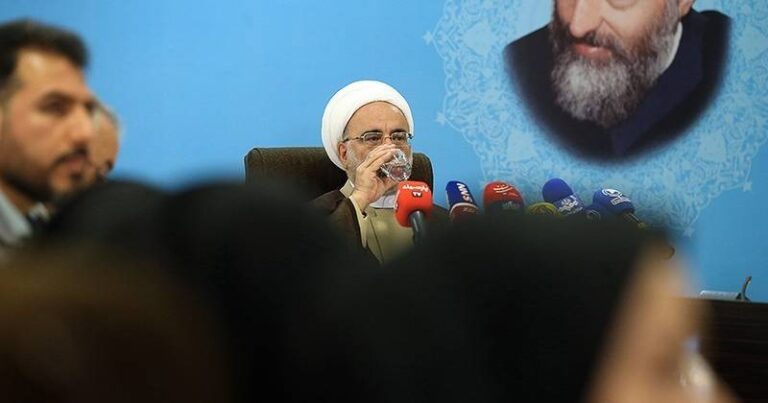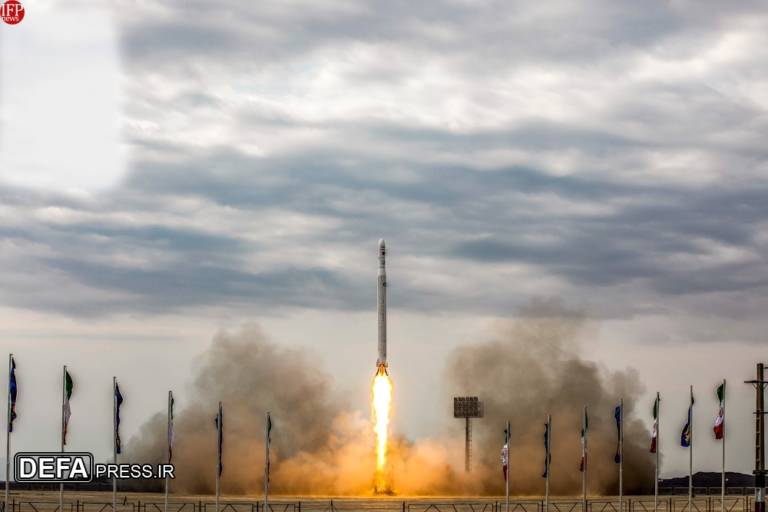Khamenei and IRGC Expand Control Over Iran’s Oil Revenues and State Assets
Iran’s latest budget law highlights a significant allocation of oil revenues and public funds to the Islamic Revolutionary Guard Corps (IRGC), revealing a trend that may further empower military and Supreme Leader-linked institutions. This year, the IRGC is set to gain greater control over state assets, marking a major shift in Iran’s economic landscape.
In the Iranian fiscal year ending March 20, a notable portion of the nation’s oil exports was directed toward the armed forces, particularly the IRGC, under the guise of “strengthening national defense.” This year, not only has the military’s share of oil export revenues increased, but direct government budget allocations to armed forces have also surged. The new budget law even broadens the authorization for crude oil transfers to various entities, including those working on nuclear programs.
Here are some critical points from the budget law:
- Increased Military Funding: The armed forces, particularly the IRGC, have seen a significant rise in their share of oil revenues and government allocations.
- Asset Acquisition: Institutions affiliated with the IRGC and Supreme Leader Ali Khamenei’s office, such as the Execution of Imam Khomeini’s Order (EIKO), are now empowered to acquire state assets to offset government debts.
- Projected Oil Exports: President Masoud Pezeshkian’s administration anticipates daily oil exports of 1.85 million barrels for the current fiscal year, with one-third of this amount—valued at $12.4 billion—designated for military purposes, marking a threefold increase from the previous year.
The government has also set the exchange rate for oil allocated to the armed forces at approximately 600,000 rials per euro, while the euro trades at around 1.14 million rials in the open market. This disparity presents a substantial financial advantage for the military, allowing them to sell oil and convert the proceeds at market rates, thus pocketing the difference.
Military Prioritization in Oil Sales: The military’s priority in oil sales means that any decline in national exports primarily affects the government’s share. If the armed forces cannot export their allocated share, the government is required to compensate them with equivalent cash payments.
Despite the government’s goal of exporting 1.85 million barrels of oil daily, data from commodities intelligence firm Kpler indicates that the average daily shipment of Iranian crude to Chinese ports stood at approximately 1.34 million barrels in the first quarter of 2025, down from 1.5 million barrels in 2024. The Trump administration’s campaign to reduce Iran’s oil exports to “zero” has also posed challenges, with projections suggesting a decrease of about half a million barrels per day in the coming months.
Moreover, Kpler reports that independent Chinese refineries, known as “teapots,” are currently halting new orders for Iranian crude oil following U.S. sanctions imposed on a Chinese refinery.
In addition to the armed forces, five other entities, including those involved in “nuclear energy projects,” have been authorized to sell oil directly. Some of these funds are expected to be allocated for nuclear activities unrelated to electricity production, such as sensitive uranium enrichment, which has drawn objections from the U.S. and its allies.
Another noteworthy aspect of this budget law is that military and security forces are slated to receive 10% of the government’s general budget for personnel salaries, further solidifying their financial resources.
Amid concerns regarding transparency in the economic activities of the IRGC and Supreme Leader-linked institutions, unofficial reports suggest that these entities dominate approximately half of Iran’s informal or “shadow” economy. Over the past two decades, the government’s privatization efforts have largely faltered, with state-owned properties being transferred, often at steep discounts, to the IRGC and institutions affiliated with the Supreme Leader.
These organizations are also integral to Iran’s infrastructure development, yet the exact amount owed by the government for state-assigned construction projects remains unclear. What is evident is that the 2025 budget law explicitly allows the IRGC-linked Khatam al-Anbiya Construction Headquarters and the Supreme Leader-controlled EIKO to claim up to two quadrillion rials (around $2 billion) in state assets as repayment for outstanding government debts.
This year, the government plans to sell 15.8 quadrillion rials in state-owned assets, with 13% earmarked for transfer to the military and Supreme Leader-tied institutions, contingent upon meeting budget targets. Given the weaknesses of Iran’s private sector, it is widely anticipated that IRGC and Supreme Leader-affiliated entities will acquire a substantial portion of these assets once again.
In conclusion, the new budget law signifies a pivotal moment in Iran’s economic direction, with increasing military influence over national resources and a potential shift in the balance of power within the state. The implications of these changes could reverberate through Iran’s economy and its broader geopolitical landscape in the months and years to come.
